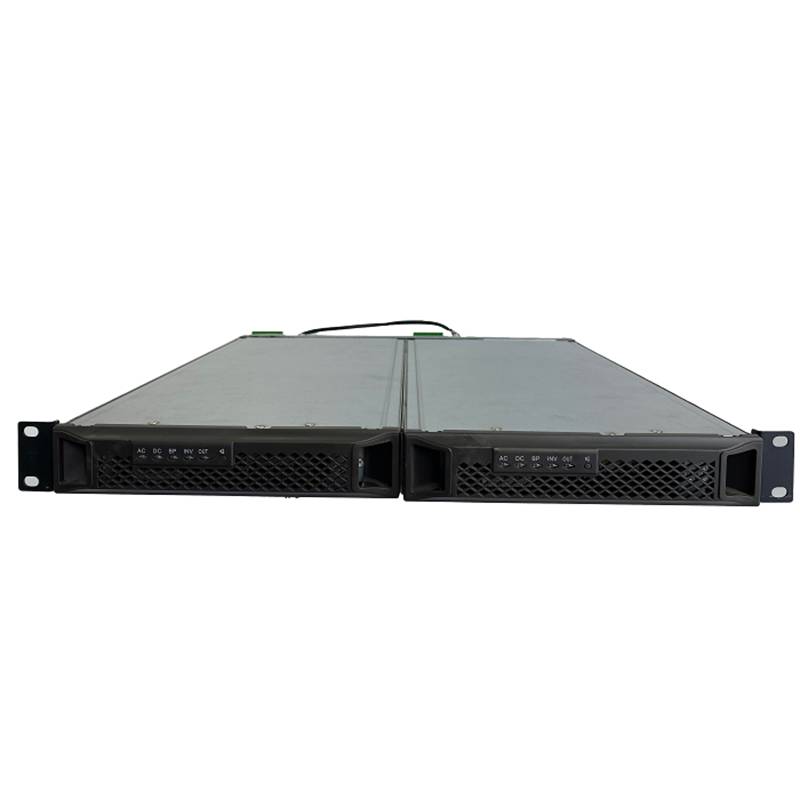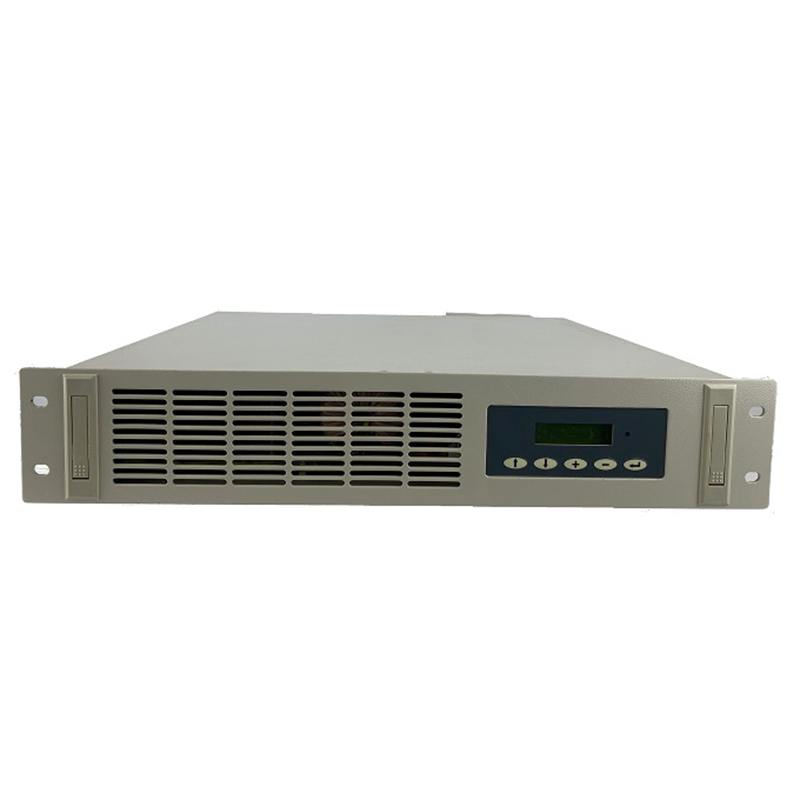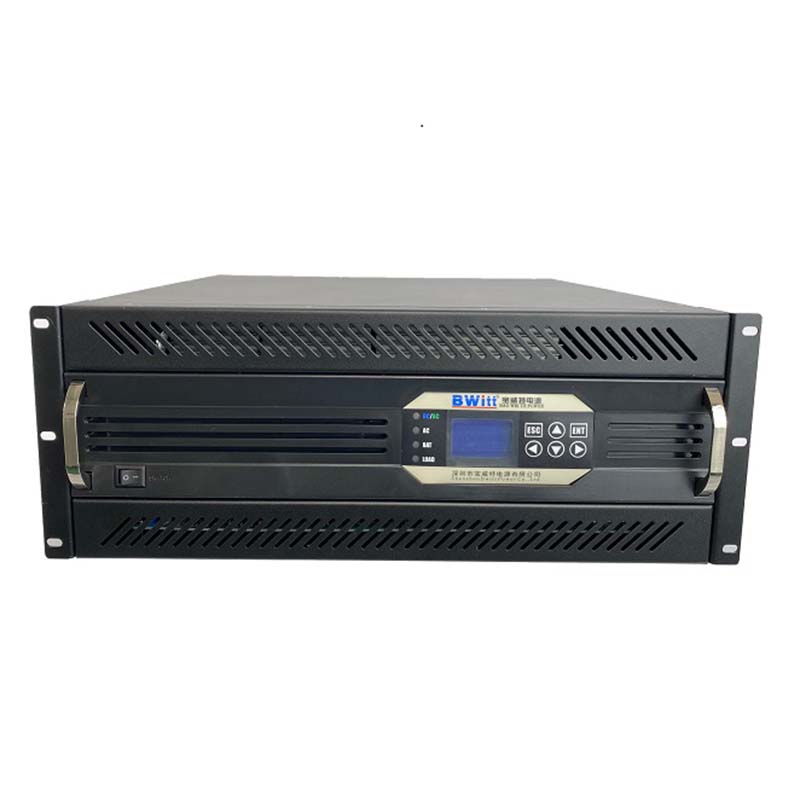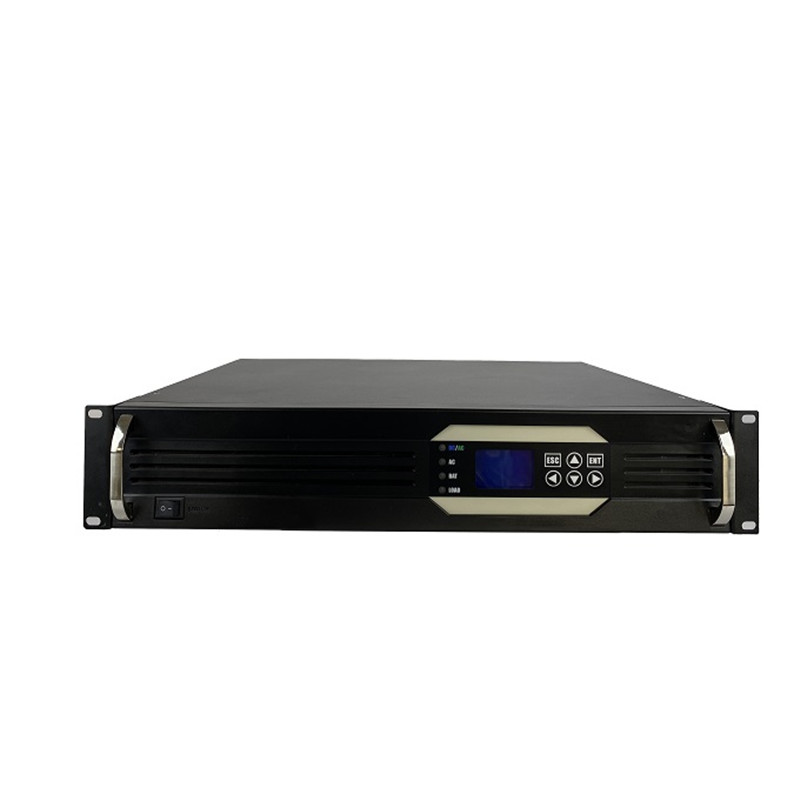In the data center electrical system, UPS power supply (AC or DC) is the key equipment to ensure the high quality, continuity and availability of power supply. Without UPS power supply, the availability of IT applications in the data center is basically not guaranteed.
1. Input voltage: A wide input voltage range is required to adapt to the requirements of my country's power grid. The input voltage range should reach -30%~+15% of the rated input voltage, which represents the current high technical level.
2. Power supply reliability: Power supply reliability involves subjects such as power electronics and materials. The improvement of the mean time between failures of a single device is limited by the theory of related disciplines and the limitations of semiconductor materials. It is difficult to make a breakthrough at this stage, and the technology has matured. The use of redundant technology is currently the main way to improve the reliability of UPS power supply systems.
3. Scalability: Considering current load requirements is one thing, while scalability is looking at the future. Considering the demand for the system due to future business growth, if you hope that the power of the system can grow with the actual demand, special consideration needs to be given to scalability when purchasing UPS. Through analysis, the integrated features of the modular UPS system can greatly improve the reliability and availability of the system.
4. Utilization efficiency: The actual efficiency depends on the load size: when the load is 50%, the overall machine efficiency should not be less than 70%; when the load is 60%, the overall machine efficiency should not be less than 80%. When traditional tower UPS equipment performs 1 redundancy in 1+1 redundancy mode, the load of each equipment will not exceed 50%, but the efficiency is less than 60%, which already shows that energy consumption is relatively low. In a normally operating modular system, a reasonable power supply capacity can be configured according to the actual load, and 2 to 4 redundant power modules can be set aside, which is undoubtedly convenient and efficient.
5. Floor space: The system takes up valuable data center floor space, so make sure the configuration you choose does not require more space.
6. Modularization: If IT needs are expected to grow, a modular approach should be considered. Purchasing more equipment up front than you currently need will increase capital expenditures, storage space and potential operating expenses. A modular approach allows infrastructure to be added as needed, preventing previous facilities from becoming useless as demand grows.
UPS power infrastructure in the computer room
Implementation is critical to the normal operation of data center equipment. There are many UPS configurations to choose from, each with its own advantages and disadvantages. Only by fully understanding your company's availability requirements, risk tolerance, and budget constraints can you select an appropriate design option.
1. First determine the power range, select a matching rack-mounted UPS power supply according to the equipment power, and formulate a configuration plan. The longer the delay time, the greater the capacity or number of battery packs that need to be configured.
2. Users should select the required rack-mounted UPS based on their own goals, applications and functional requirements.
3. Space: Rack-mounted UPS systems take up valuable data center floor space, so make sure the configuration you choose does not require adding more space to the facility. Today's computer rooms can be said to be worth every inch of land, so the size of the UPS is very important.
4. Redundancy: If availability is a key design consideration, then redundancy is essential. Adding a backup UPS can avoid single points of failure, thereby improving the reliability of the power system.
5. Convenience of maintenance is also a consideration in model selection. It is normal for a rack-mounted UPS power supply to fail. When selecting a model, you must consider the convenience of maintenance, otherwise it will cause inconvenience to maintenance during use.










